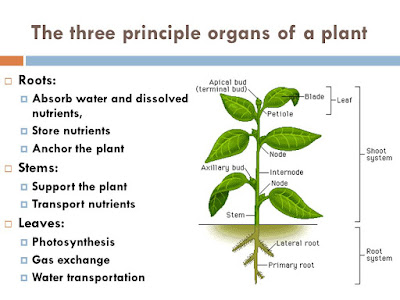Essential plant nutrients definition, objectives, classification, and sources of plant nutrients elements are given below.

Plant nutrition
Nutrition may be defined as the supply and absorption of chemical compounds required for plant life, growth, and metabolism. It is the process of absorption and utilization of essential elements for plant growth and reproduction. Arnon (1954) has defined the following criteria/objectives for the essentiality of any nutrient:
- The plant cannot grow or complete its life cycle in the absence of the element;
- The element is particular and cannot be replaced by another element;
- The element plays a direct role in plant metabolism.
Thus, an essential plant nutrient may be defined as “an element so crucial for a specific metabolic activity that in its absence the plants cannot continue to grow or complete their life cycle, and it cannot be substituted by another element.
Classification of essential plant nutrients
Based on the relative requirement by plants, the essential plant nutrients are classified as Major or macronutrients.
1. Major or macronutrient:
Those nutrients required by plants in concentrations exceeding 1000 ppm (0.1%) are termed major or micronutrients. The term ‘macro’ refers to the amount used (usually 50mg/ kg or more in the plant body) and essential.
- Primary nutrients: C, H, O, N, P, K are the primary elements that are essential for seed germination and for plant growth. C, H, O are found abundantly in water and the atmosphere. N, P, K are either obtained from soil or supplied through chemical fertilizers.
- Secondary nutrients: They are secondary because they are needed only to grow (secondary growth). They are Ca, Mg and S.
2. Minor or micronutrients:
The elements required by plants in a concentration less than 100 ppm are termed minor or macronutrients. They are also called “trace elements.” The term ‘micro’ refers to the amount used (usually less than 50mg/ kg in the plant body) rather than the essentiality.
Beneficial elements: They are helpful for some specific plants, not for all. e.g., Na, Si (for rice).
Trace elements: Some micronutrients and other non-essential elements (but not macro-nutrients) present in soil or in the plant body in minimal amounts. e.g., Cd, Pb. As, V, Se.
16 essential plant nutrients: C, H, O, N, P, K, Ca, Mg, S, Na, Si, Cd, Pb., As, V, Se.

Sources of plant nutrients (in general)
Plants obtain nutrients in the following ways:
- From the soil solution. i.e., the free water in soil containing dissolved salts.
- From exchangeable ions on the surface of tiny particles of soils and organic matter called “humus” particles, respectively.
- From readily decomposable minerals.
- Through the tiny openings on the surface of leaves, called “stomata.’
- Chief sources of nutrients to plants are clay and humus of soil.
- Nutrients such as NH4+, Ca++ k+, Mg+, etc., are held on clay particles in an exchangeable and available form for use by plants.
- Soil organic matter serves as the principal storehouse for the supply of anions such as H2PO4-or SO4– to the plants.
Plants absorb nutrients through the following organs.
- Root hair: All higher plants uptake nutrients in ionic forms are from soil solution through the root hairs.
- Stomata of leaves: O2 and CO2 are uptaken in gaseous forms through stomata. Besides, foliar-applied nutrients are also uptaken.
- Cuticle: Woody perennials and shrubs can absorb foliar-applied nutrients through the cuticle of bark.
- Special organ: Haustaria: in case of dodder.
- Velamen tissue: in case of orchid.
